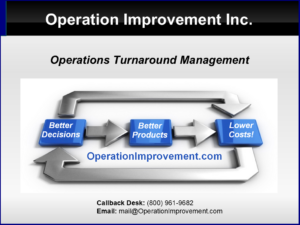AWS Lessons Learned
In every field of endeavor today, the need for continuous learning and self-improvement never ends.
“Hybrid” skills – knowledge that spans traditional HR silos and categories have always created opportunities for me. So, I always take the opportunity to expand in new directions.
After my own business requirements led to dabbling in Amazon Web Services for email delivery, cloud desktop services and small cloud web servers, I decided to try the AWS certification tests, starting with what they call the “Cloud Practitioner”.
The certification programs also most certainly bring Amazon more business. For example, I quickly learned that the domain registration and name server services at Amazon were quite superior to the service I had used for years – and I have already begun the migration of the first four of many domain names to Amazon’s Route 53 service.
Next up for me is the Amazon Architect program. Fortunately, there are many hours of free preparation materials available at the Amazon web site. There is also much that can be learned from sample tests that are offered by third party training organizations. These free tests are an enticement to sample their website and consider their fee for training programs.
Here are some tips for others who may want to explore Amazon AWS services and certifications.
- Think big. Really REALLY big!
On the one hand, AWS has services for small organizations and their “only pay for what you use” pricing lets almost anyone experiment with web servers, cloud telephony, email, cloud data storage and more for tens of dollars per month and not thousands.
On the other hand, consider what would be involved in configuring and launching thousands of servers in dozens of data centers – while sharing and securing data between these centers and millions of end users. No “on premises” data center experience prepares you for the scale, the “wholesale” mindset you must develop to effectively use AWS for substantial workloads.
- Don’t Panic!
AWS services are modular and are intended to be loosely connected to produce a resilient and highly available result that can be evolved in small iterations to continuously improve. However, you must first break the “code” of AWS naming conventions.
If you have programmed, you may be familiar with concepts such as “objects”, “structured code”, “event driven routines” and more. When you pick up a new programming language these elements and common built-in functions are typically available if you can “google” the new language terminology for the familiar code building blocks. (Do arrays start at zero or one? Does this language use Braces or brackets? Indented structure blocks of reserved words. Etc.)
AWS often makes creative names for functions and services that you must work to match up conceptually with functions you may have encountered before. On top of this new nomenclature, AWS condenses these names to acronyms, and one must remember and retain the difference between SES, SNS, SQS or ELB, ALB, NLB – and so on. When you expand the acronym and “translate” the service name you often find something familiar.
Of course, there is much you will find that is new and much that is arcane. Overall, you will find the AWS view of “good architecture” is logical, secure, and labor and time saving if used properly. Ask yourself, “if I were designing AWS itself – how would I do it?”
- AWS is always changing.
The “free” sample tests and training videos on the web are not 100% accurate in their scoring. One test heavily emphasized the “access control list” for security, while AWS now prefers resource policies unless ACLs are the only option. Another list marked an answer wrong claiming AWS did not support a particular option or feature – but that was “old news”. New features often change the way cloud applications are designed and deployed.





